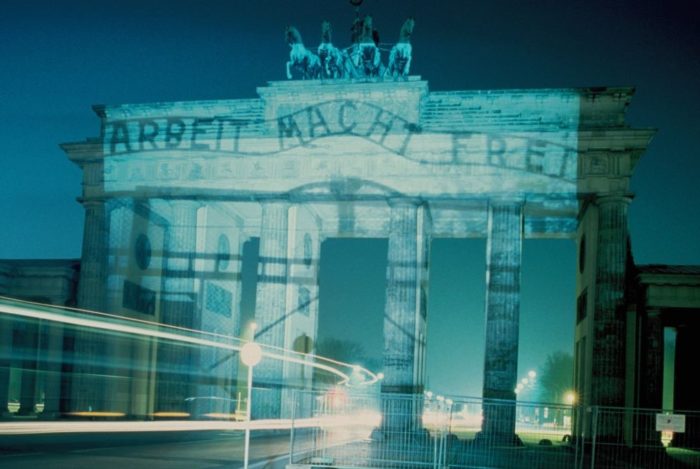This course begins with the question of how we ought to remember the Holocaust. Some see Steven Spielberg’s film Schindler’s List as kitsch, for example, while others praise it as a monument to humanity. Are the monumental concrete steles of the Holocaust Memorial in Berlin an appropriate way to remember the victims? Or do they reduce the victims to an anonymous mass? In order to approach an understanding of the Holocaust and its consequences and in order to acknowledge and pay tribute to the victims, we need certain tools: but what tools can we and should we use? How do we compare the relative claims and ambitions of historical analysis, personal testimony, literary and dramatic fiction, architectural monument, and popular film? This course will investigate the particular strengths and limits of a range of texts and images, facts and fictions that each in its own way claims to represent some “truth” of the Holocaust. We will also discuss the social and political context of these representations and consider the meaning of the Holocaust in contemporary German and American culture.
